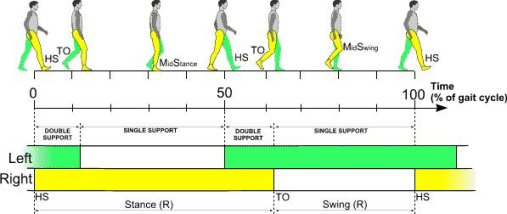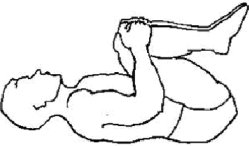Hamstring Health - Guest Article
We have linked up with www.nuexcom.co.uk to bring you more information on how to maintain a healthy body whilst running.
They are experts at injury care and the rehabilitation of your body after this back to your full participation in your chosen activity.
Hamstring Health
Semitendinosus / Semimembranosus
A good fitness level is determined by the body’s ability to perform particular tasks in a safe and effective manner using a particular system or a specific muscle group.

Photo
The hamstrings are shortest when the knee is fully flexed and longest when the leg is straight; the longer the hamstrings are, the more difficult it is for them to withstand stretching without becoming stressed or injured).
Bearing in mind the aforementioned, it is particularly important that these muscles and their synergists (Gastrocnemius, Gracilis and Sartorius) do not become stiff or over tight.
The straining and more severe injuries occur when individuals ill prepare these muscles for the task or tasks demanded of them and the environments in which these tasks are to be performed, (heat, distance, terrain or mental/physical fatigue).
There are a number of other posterior leg muscles that have the same nerve origin or muscle origin, in short, considering the whole action of a particular muscle or muscle group will help prepare your body to perform better and safer.
There is still, after decades, a debate on warm ups, should they and how should they be done? As a former professional dancer, martial arts instructor, fitness instructor and sports injury practitioner I have seen and tried everything over the last 26 years.
If you and your body feel able, capable and confident to warm up a particular tired muscle, then so be it, but remember quality and not quantity is the way.
One of the key jobs of the hamstrings is to slow down the natural extension that occurs at the knee during the middle part of the swing phase of the gait cycle as the knee drives forward and upward before the foot strikes the ground.
These muscles known as ischiocrural muscles, including the biceps femoris, are largely responsible for the vertical placement of the sole of the foot to the ground.
Semitendinosus and Semimembranosus originate from the Ischial tuberosity (the Donut shaped part of the pelvic girdle) and along with the biceps femoris share the same nerve origin, L5 - S2.

Photo
If however both you and your body feel unable to warm up:
a) Should you be training on that particular day or at that particular time?
b) Could you warm up that particular muscle or group some other way?
Answering a) should be easy by now, “push and rush, fall in the dust”, do what you can rather than what you want to do.
To answer b), using a preactive muscle warm up gel or cream works excellently, such as “Percutane” or “Tiger Balm”, these have helped many a dancer and sports enthusiast to work that much extra without fear of harm or injury.
It may seem strange to hear, but by increasing the strength of the lower back and the calf muscles and by performing relaxation exercises for the Iliopsoas muscles will give perfect strength, flexibility and performance to and from your hamstrings.
Below is a stretch for the lower back, gluteus and relaxer for the hamstrings.

Photo
This article is by Mr P. Cutts of Nuexcom - Health and Medical who can be found at www.nuexcom.co.uk
